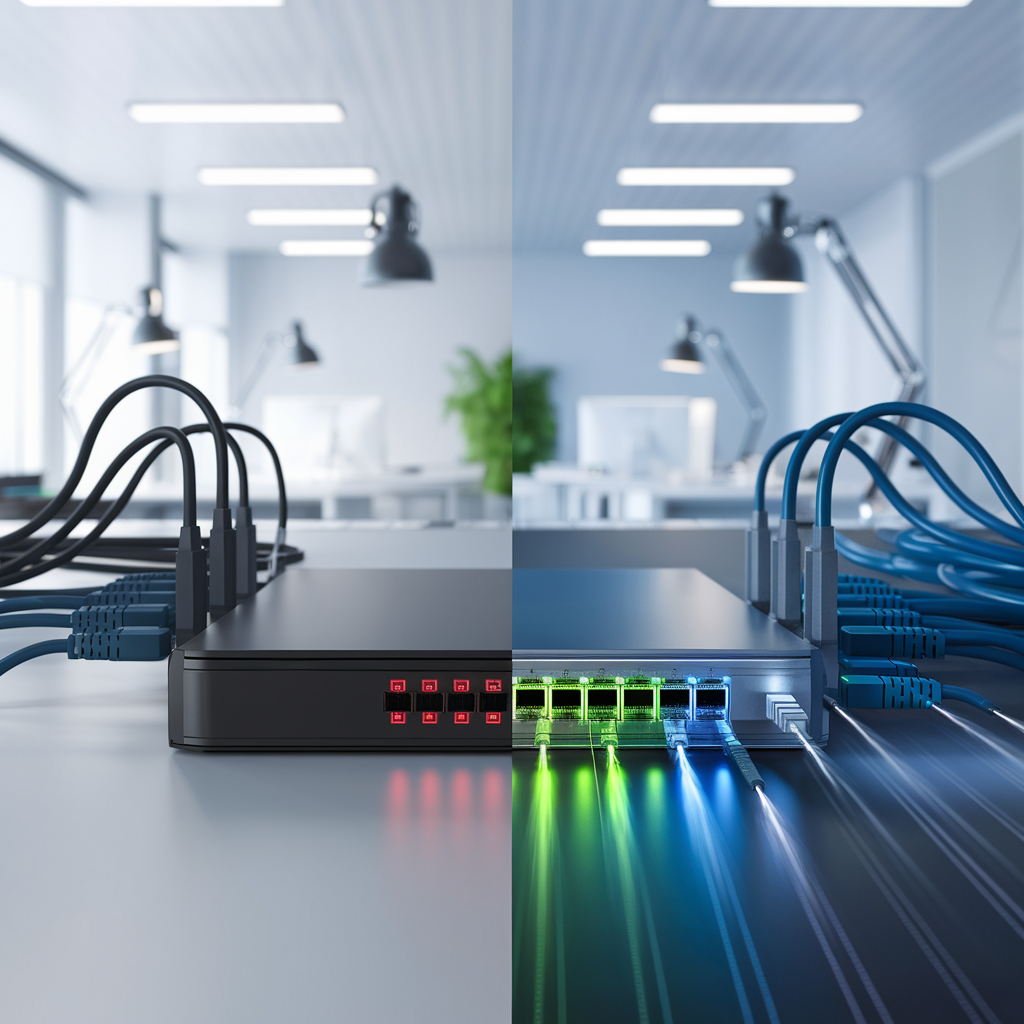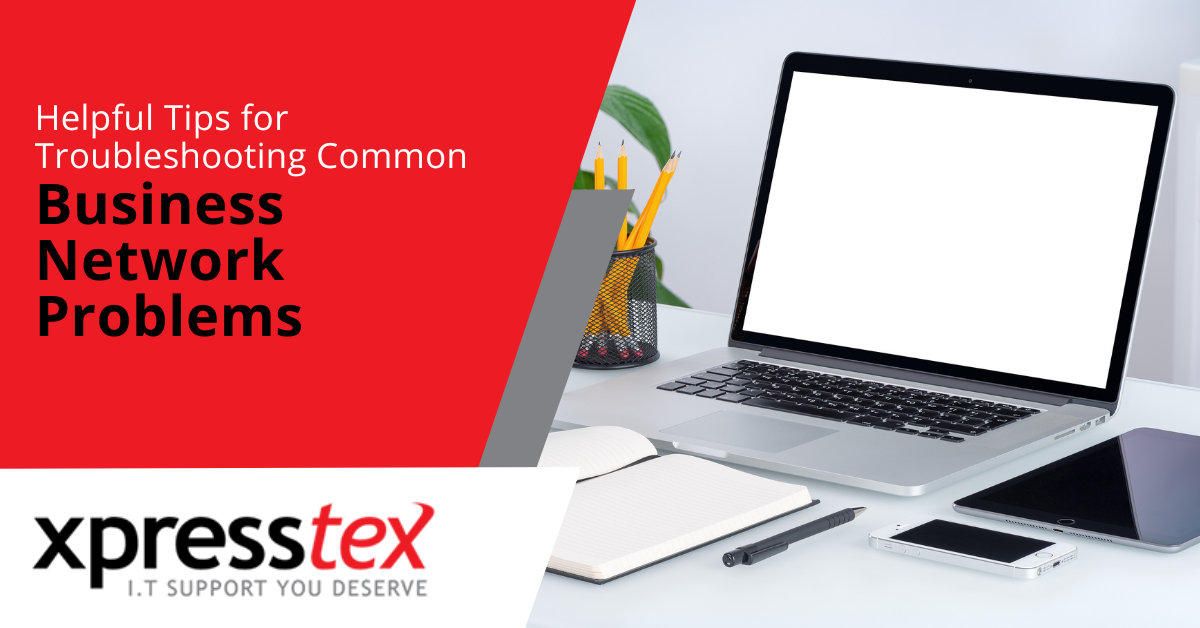
How to Troubleshoot Network Connectivity Problems: A Step-by-Step Guide
A stable internet connection is essential for any business IT to operate. When network connectivity issues arise, they can lead to frustration and a significant loss of productivity. This guide aims to provide a comprehensive step-by-step approach to diagnosing and resolving common network problems.
Understanding Network Connectivity Issues
Before diving into troubleshooting, it's important to understand what network connectivity issues are.
These problems can manifest in various forms, such as slow internet speeds, intermittent disconnections, or complete lack of access to the network.
Identifying the symptoms can help narrow down the potential causes.
Today when remote work and online communication are integral to our daily lives, understanding these issues becomes even more crucial.
A reliable network is not just a convenience; it is essential for productivity, entertainment, and social interaction.
Common Symptoms of Connectivity Problems
Some typical signs of network issues include:
- Inability to connect to the internet.
- Slow loading times for websites and applications.
- Frequent disconnections from Wi-Fi networks.
- Inconsistent performance across different devices.
Recognising these symptoms is the first step in diagnosing the underlying problem.
For instance, slow loading times might indicate bandwidth issues, while frequent disconnections could point to a weak Wi-Fi signal or interference from other electronic devices.
Additionally, users might notice that certain applications are more affected than others, which can provide further clues about the nature of the connectivity issue.
Potential Causes of Network Issues
Network connectivity problems can arise from various sources. Some common causes include:
- Hardware malfunctions, such as faulty routers or cables.
- Software issues, including outdated drivers or misconfigured settings.
- External factors like network congestion or interference from other devices.
Understanding these potential causes can help streamline the troubleshooting process.
For example, hardware issues may require physical inspection or replacement, while software-related problems might be resolved through updates or configuration changes.
Furthermore, external factors such as interference from neighboring Wi-Fi networks or physical obstructions can often be mitigated by changing the router's location or adjusting its settings.
Awareness of these factors not only aids in quick resolution but also empowers users to take proactive measures to enhance their network performance.
Initial Steps to Diagnose the Problem
When faced with network connectivity issues, the first step is to conduct a basic diagnosis. This involves checking both hardware and software components to identify any obvious problems.
Check Physical Connections
Start by inspecting all physical connections.
Ensure that cables are securely connected to both the router and the modem.
If using Ethernet cables, check for any visible damage.
If possible, try using a different cable to rule out cable issues.
Additionally, examine the ports on both the router and modem for any dust or debris that could interfere with the connection. Sometimes, simply unplugging and re-plugging the cables can help establish a more secure connection.
Restart Your Devices
Often, a simple restart can resolve connectivity issues.
Power off your modem and router, wait for about 30 seconds, and then turn them back on. Additionally, restart the device experiencing the connectivity problem.
This can refresh the network settings and potentially resolve the issue.
It’s also advisable to check for any firmware updates for your router, as outdated firmware can lead to connectivity problems.
Many routers have a built-in option to check for updates, which can be accessed through the router’s settings page.
Check Network Settings
After restarting your devices, it’s essential to verify the network settings on your device. Ensure that your device is connected to the correct Wi-Fi network, especially if multiple networks are available.
Check if the network is set to obtain an IP address automatically, as static IP settings can sometimes lead to connectivity issues.
If you’re using a VPN, try disconnecting it temporarily to see if it resolves the problem, as VPNs can sometimes interfere with network connectivity.
Run Network Troubleshooter
If the issue persists, consider running the built-in network troubleshooter available on most operating systems.
This tool can automatically detect and fix common network problems.
It will guide you through a series of diagnostic steps, such as checking the network adapter settings and identifying any misconfigurations.
Additionally, reviewing the network status in the device settings can provide insight into whether the device is detecting the network and if there are any error messages that require attention.
Testing Your Internet Connection
Once the initial checks are complete, it's time to test your internet connection. This step helps determine whether the issue lies with your local network or with the internet service provider (ISP).
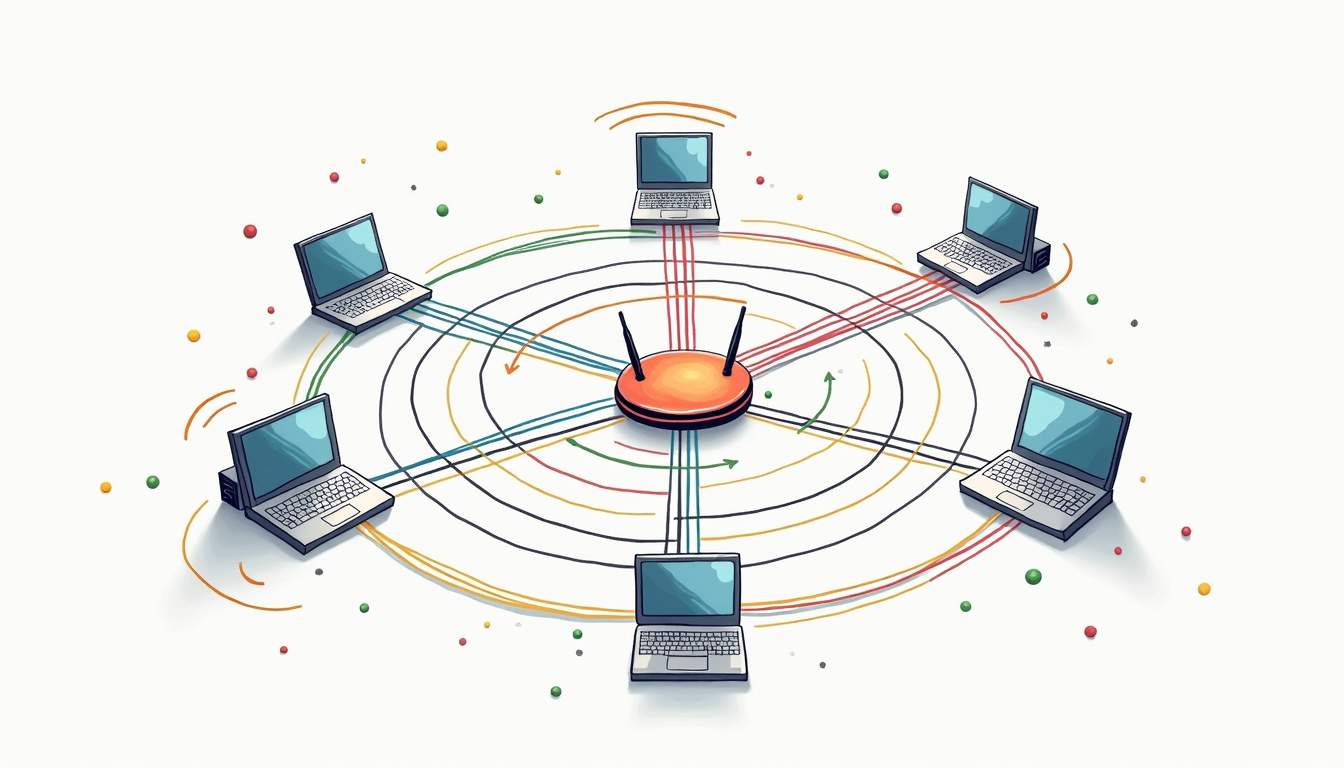
Use Online Speed Tests
Online speed tests are a quick way to gauge the performance of your internet connection.
Websites like Speedtest.net can provide insights into your download and upload speeds. Compare these results with the speeds promised by your ISP to see if there is a discrepancy.
Check for Outages
Sometimes, the issue may not be on your end at all.
Check your ISP's website or social media channels for any reported outages in your area. Many ISPs provide real-time updates on service disruptions, which can save you time and effort in troubleshooting.
Advanced Troubleshooting Techniques
If the initial steps do not resolve the connectivity issue, more advanced troubleshooting techniques may be necessary. These methods can help pinpoint the problem more accurately.
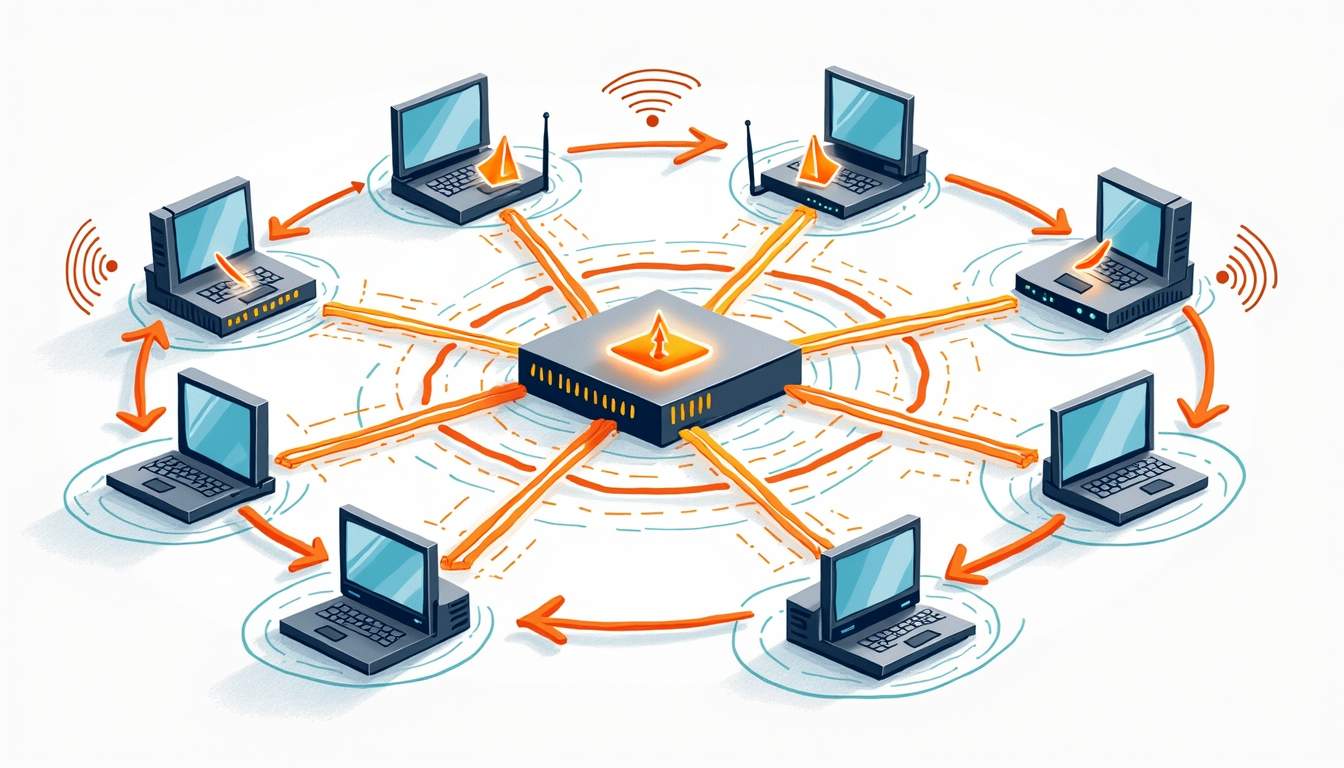
Check Network Settings
Incorrect network settings can lead to connectivity problems. On your device, navigate to the network settings and ensure that:
- Your device is connected to the correct network.
- IP address settings are configured correctly (consider using DHCP).
- DNS settings are set to automatic or are using reliable DNS servers.
Adjusting these settings can often resolve connectivity issues.
Update Network Drivers
Outdated or incompatible network drivers can cause connectivity problems. Check for updates for your network adapter drivers through the device manager or the manufacturer's website. Keeping drivers up to date ensures optimal performance and compatibility with your network.
Disable VPN or Proxy Settings
If you are using a VPN or proxy, try disabling it temporarily to see if it resolves the connectivity issue. Sometimes, these services can interfere with your internet connection, leading to unexpected problems.
Wireless Connectivity Issues
For those using Wi-Fi, additional considerations must be taken into account. Wireless connectivity issues can stem from various factors, including signal strength and interference.
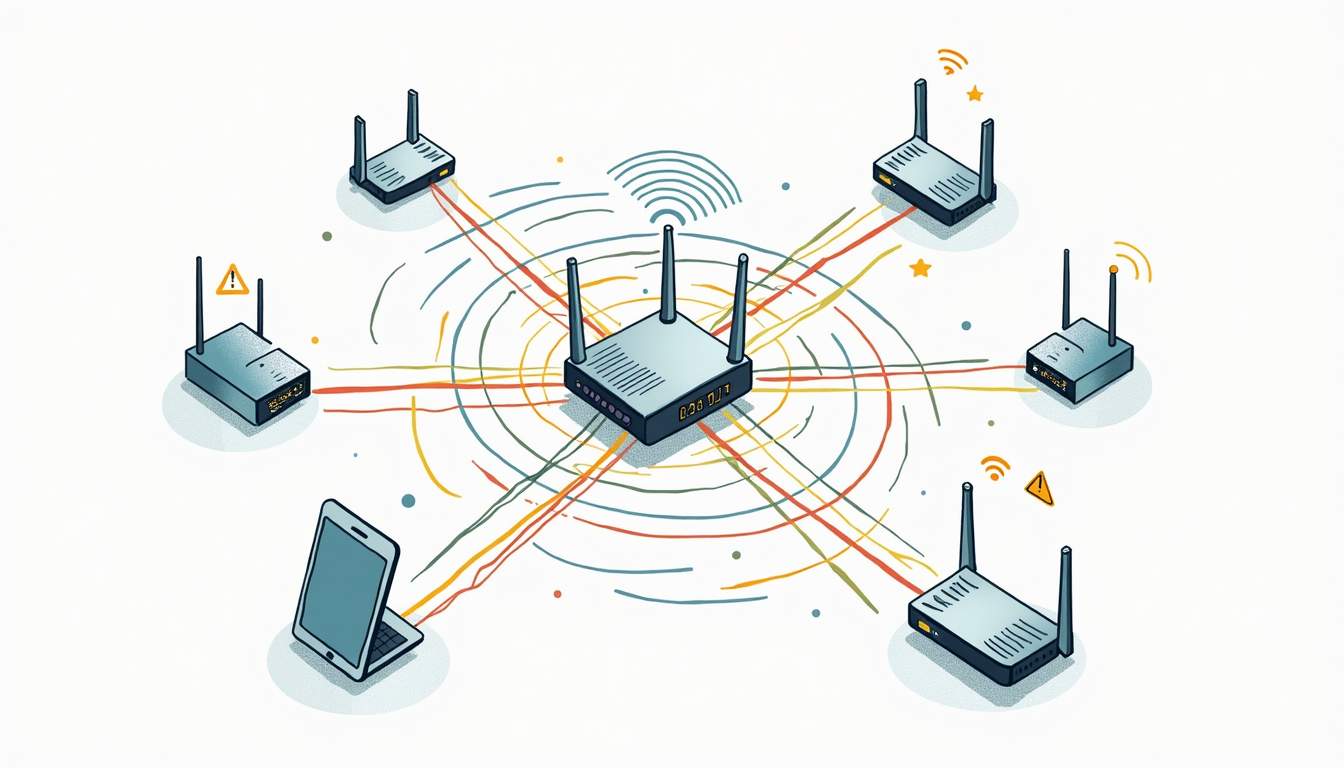
Check Signal Strength
Weak Wi-Fi signals can lead to slow speeds and disconnections. Use your device to check the signal strength where you typically use the internet. If the signal is weak, consider moving closer to the router or repositioning the router to a more central location in your home.
Reduce Interference
Wireless networks can be affected by interference from other electronic devices. Common culprits include microwaves, cordless phones, and even neighboring Wi-Fi networks. To mitigate this, try changing the Wi-Fi channel on your router to a less congested one, or consider switching to a 5 GHz band if your router supports it.
Testing with Different Devices
If connectivity issues persist, testing with different devices can provide valuable insights. This can help determine whether the problem is specific to one device or if it affects the entire network.
Connect Other Devices
Try connecting other devices, such as smartphones, tablets, or laptops, to the same network. If they can connect without issues, the problem may lie with the original device. If the issue persists across multiple devices, the problem is likely with the network itself.
Use a Wired Connection
For a more stable connection, consider connecting a device directly to the router using an Ethernet cable. This can help rule out Wi-Fi-related issues and determine if the problem is with the internet connection or the wireless network.
Contacting Your Internet Service Provider
If all troubleshooting steps have been exhausted and the issue remains unresolved, it may be time to contact your ISP. They can provide additional support and insights into potential problems with the network.
What to Prepare Before Calling
Before reaching out to your ISP, gather the following information:
- Your account information, including your account number and address.
- A description of the problem, including when it started and any troubleshooting steps you've already taken.
- Results from any speed tests or outage checks you conducted.
Having this information ready can help expedite the troubleshooting process with your ISP.
Understanding Your ISP's Support Process
ISPs typically have a support process in place to assist customers with connectivity issues. This may involve:
- Remote diagnostics to check for issues on their end.
- Sending a technician to your location if necessary.
- Providing updates on service outages or maintenance work.
Be patient and cooperative during the process, as this will help ensure a smoother resolution.
Preventing Future Connectivity Issues
Once the issue is resolved, consider implementing some preventive measures to minimize the likelihood of future connectivity problems.
Regularly Update Firmware
Keeping your router's firmware up to date is crucial for maintaining a stable network. Manufacturers often release updates that improve performance and security. Check for firmware updates periodically and apply them as needed.
Monitor Network Usage
Excessive network usage can lead to slow speeds and connectivity issues, especially in households with multiple devices. Monitor which devices are consuming the most bandwidth and consider implementing quality of service (QoS) settings on your router to prioritize essential traffic.
Consider Upgrading Your Equipment
If connectivity issues persist despite troubleshooting, it may be time to consider upgrading your networking equipment. Older routers may struggle to handle modern internet speeds and multiple devices. Investing in a high-quality router can significantly improve your network's performance and reliability.


